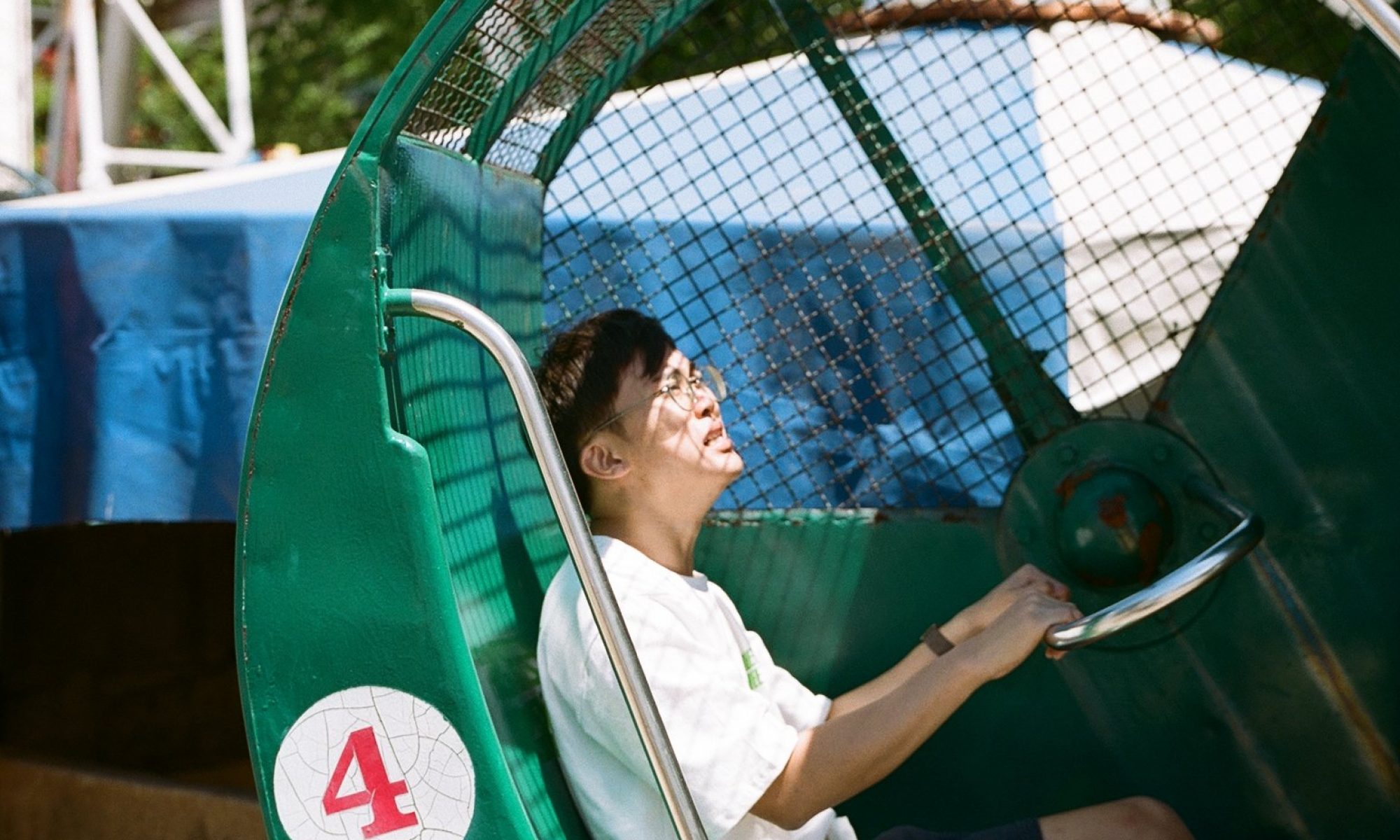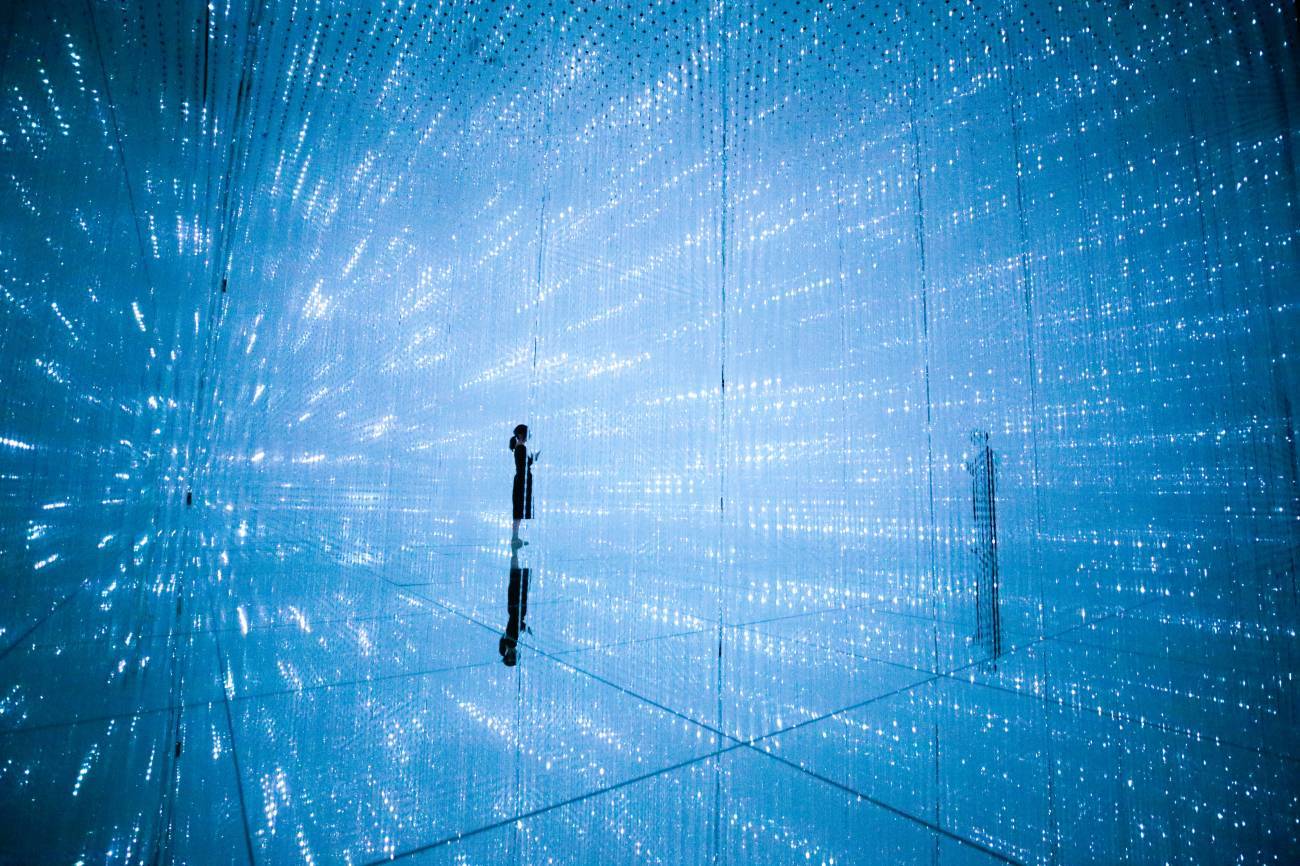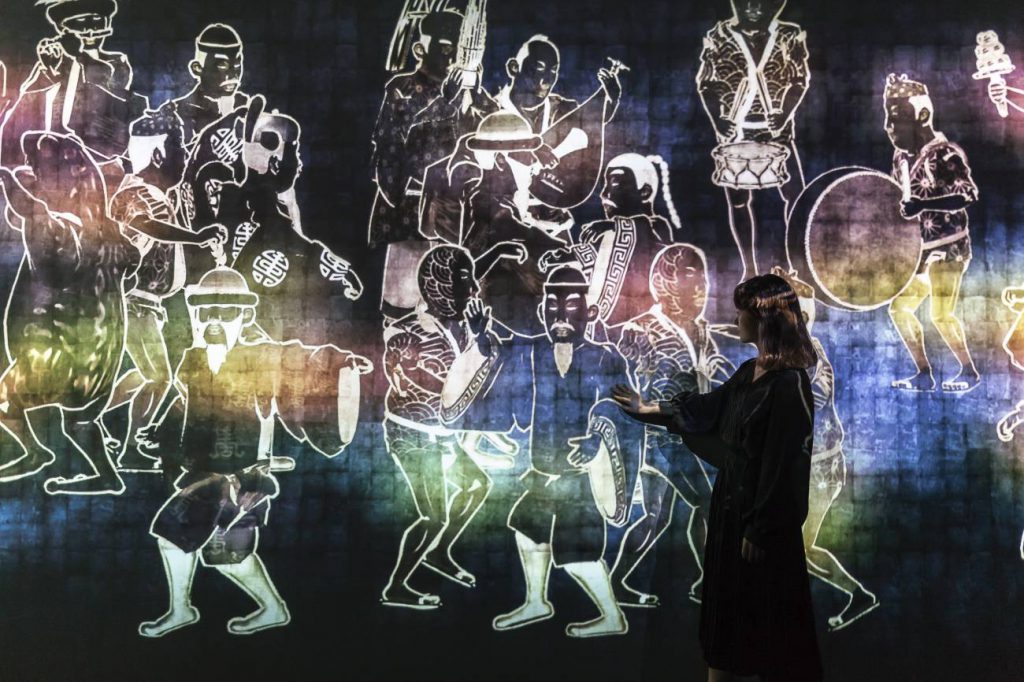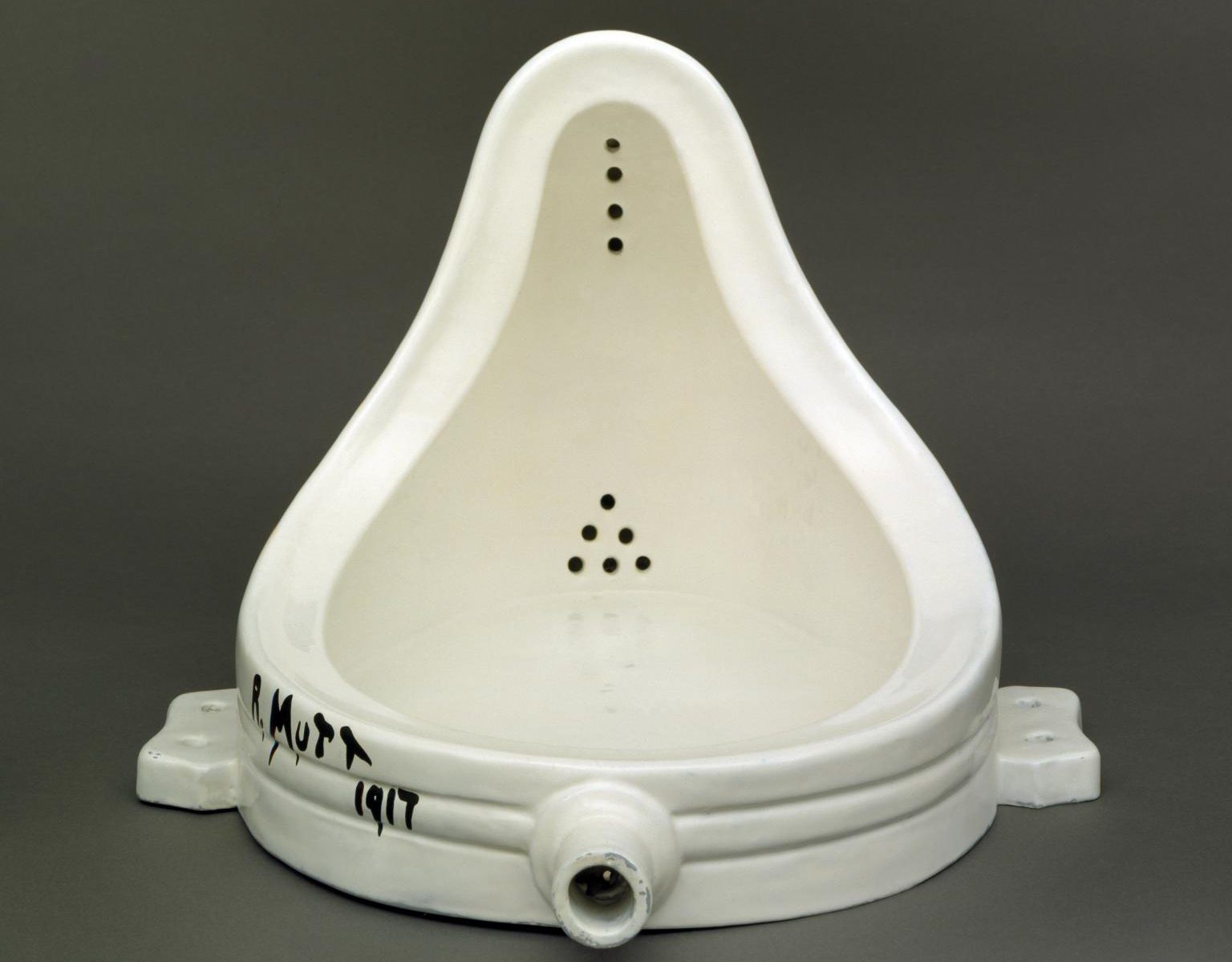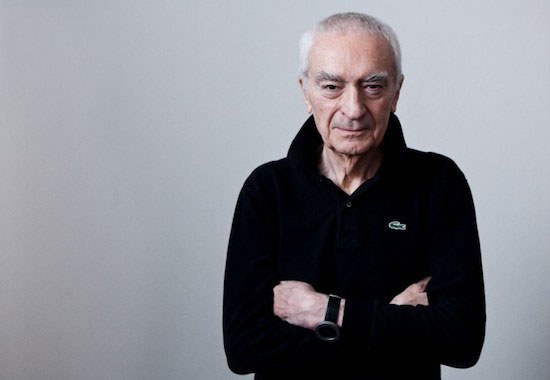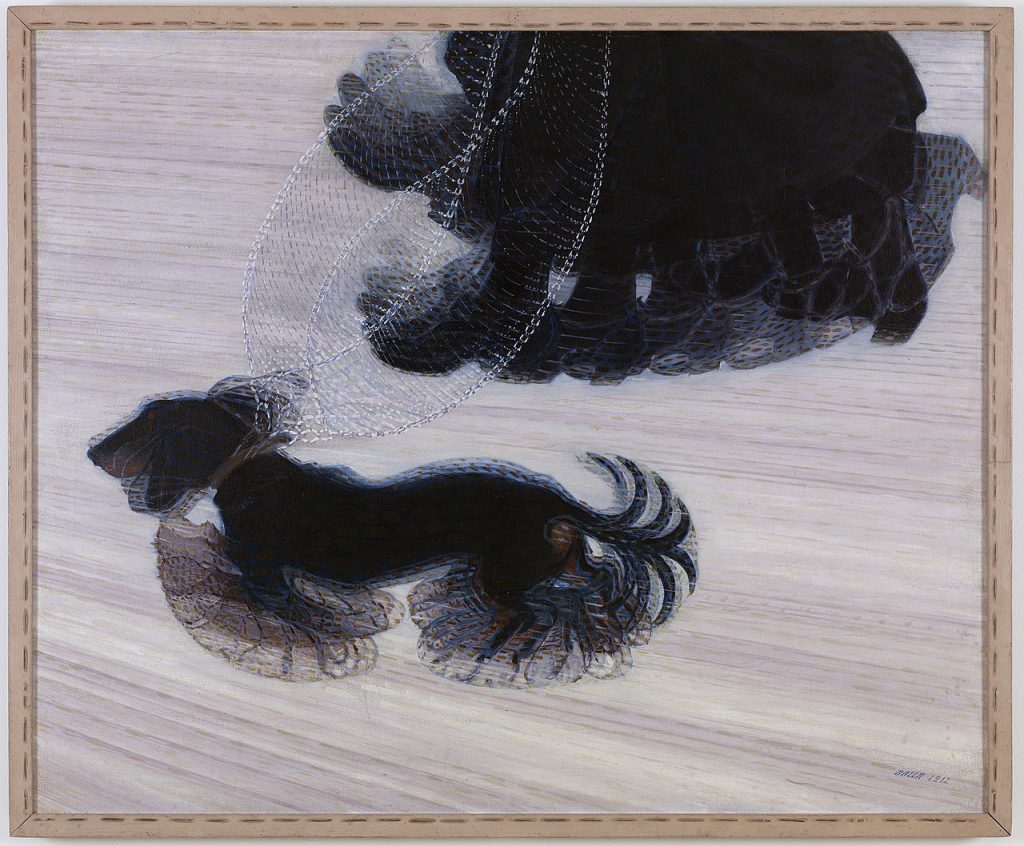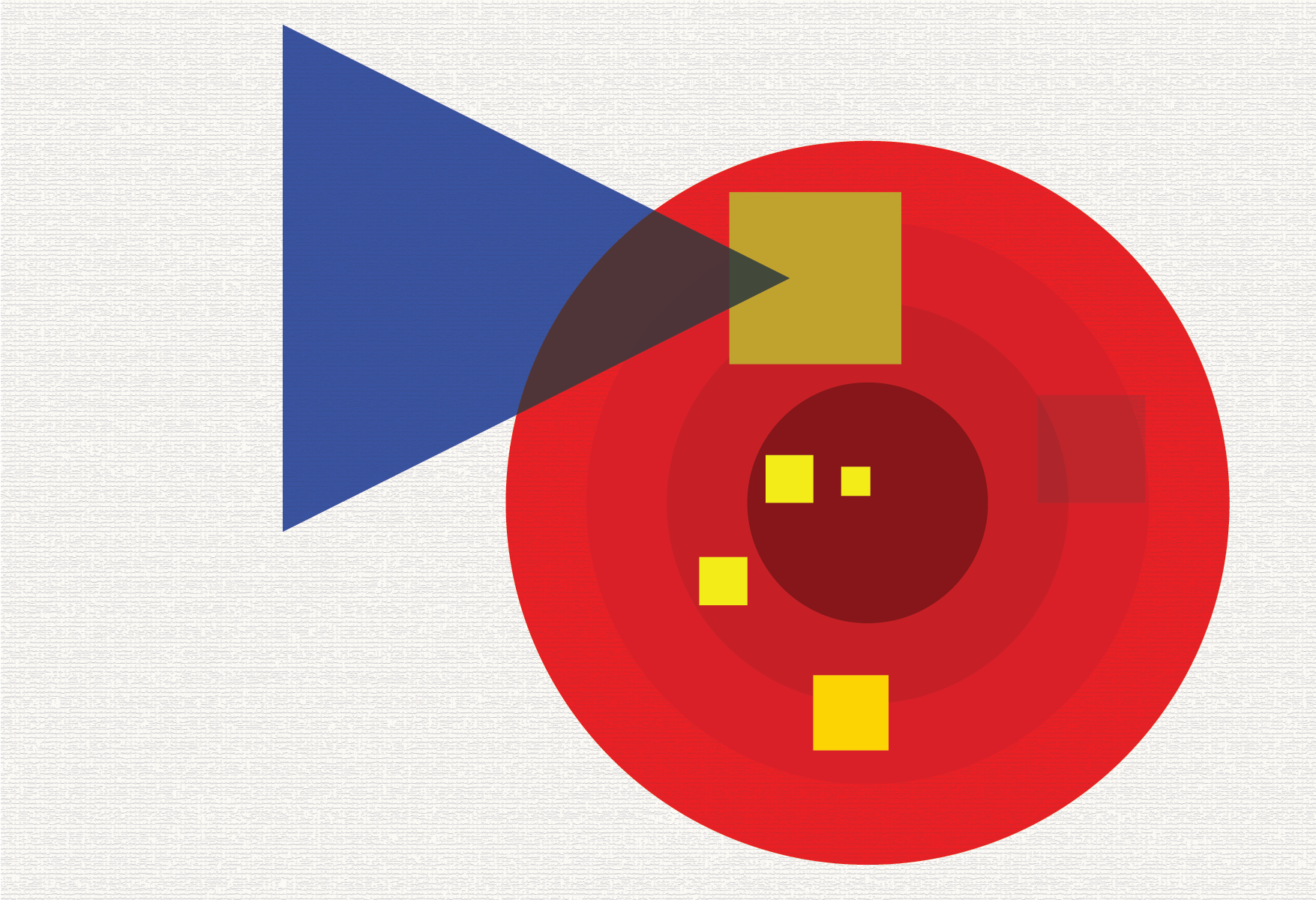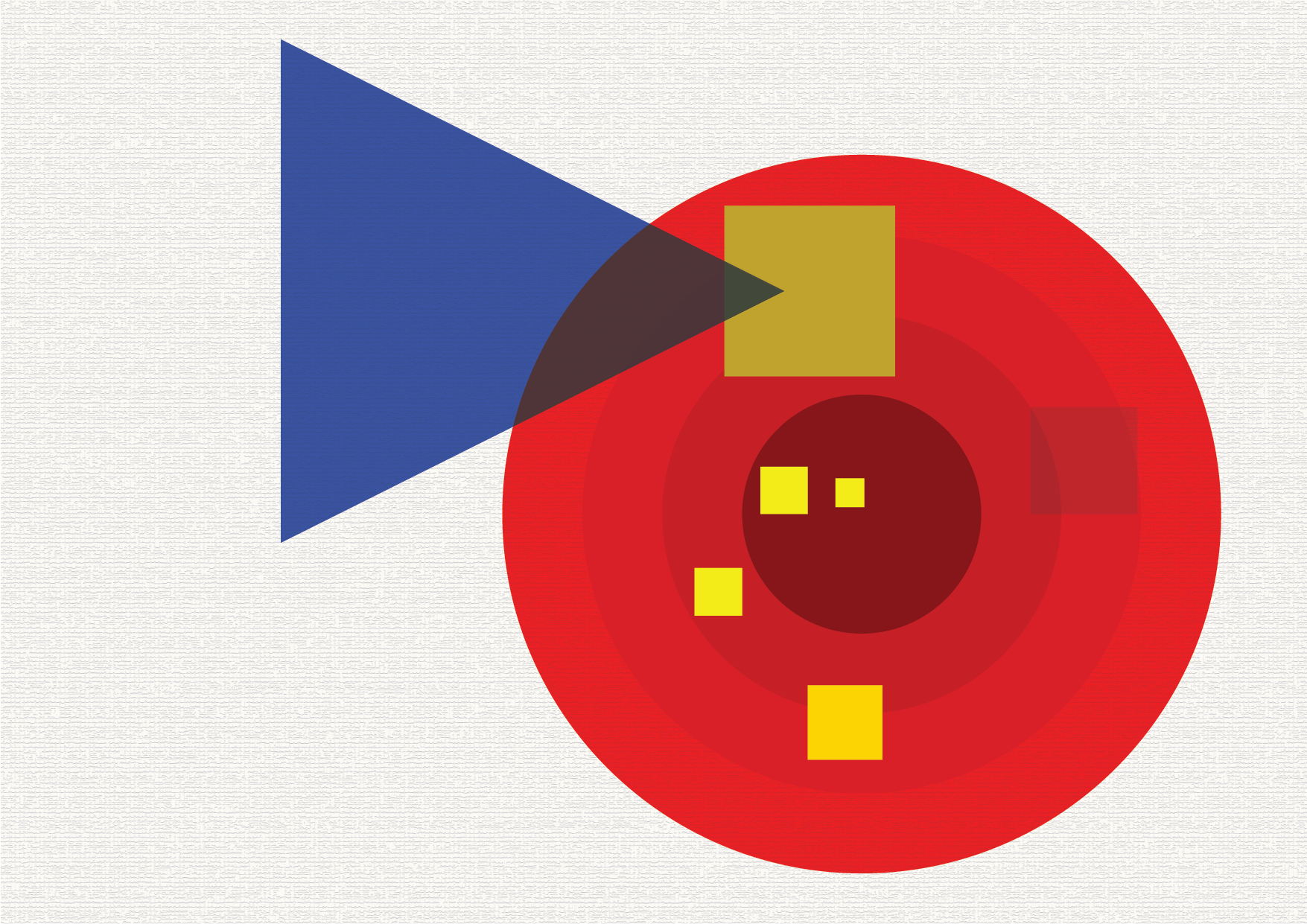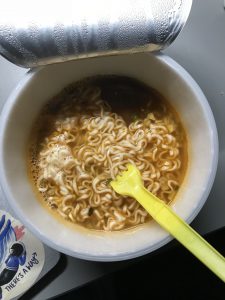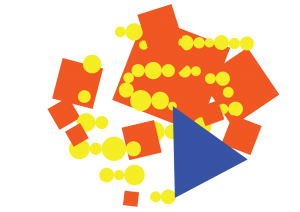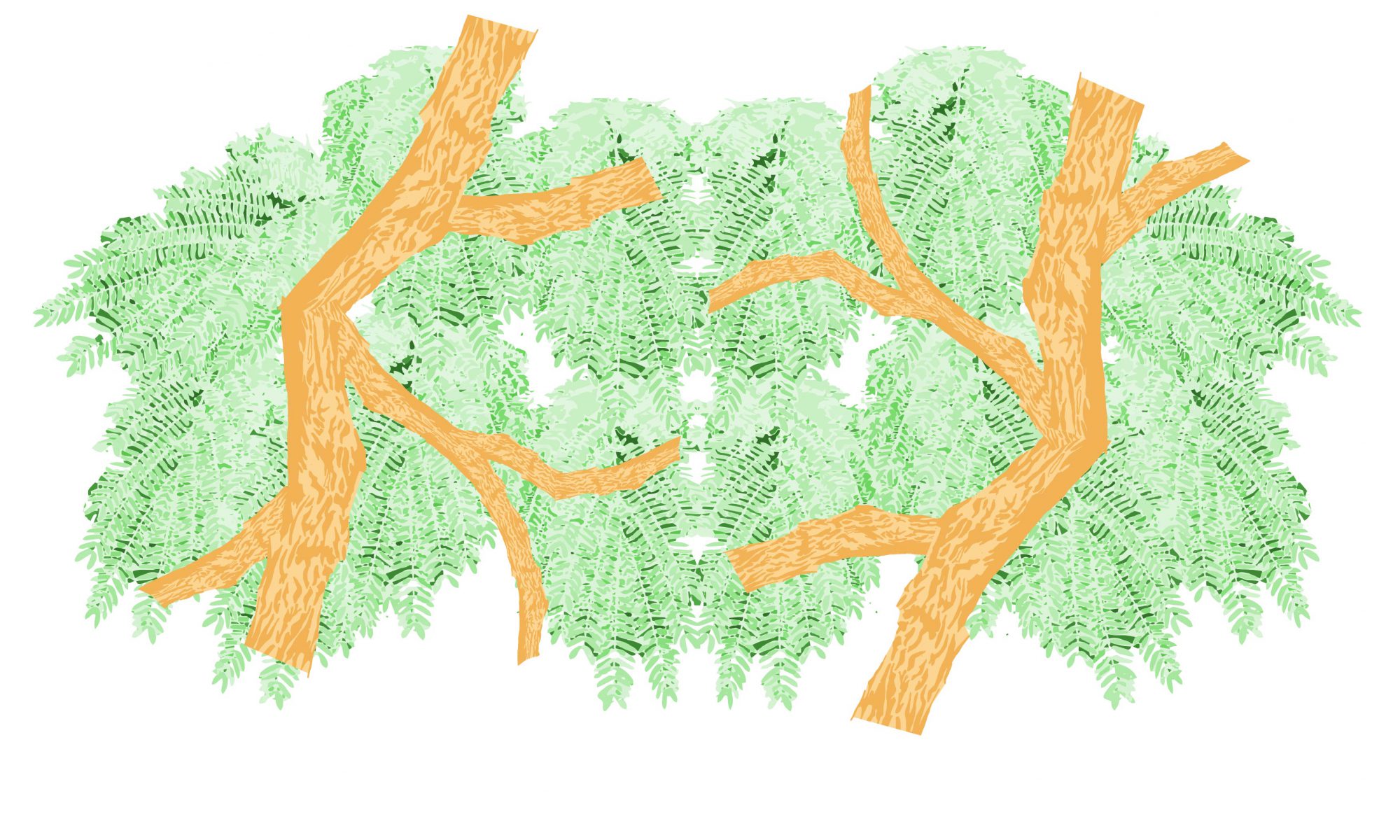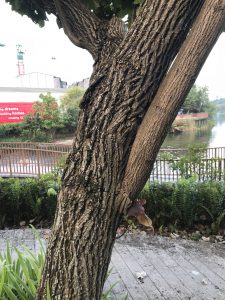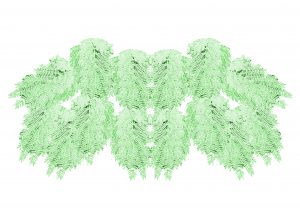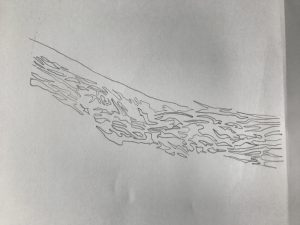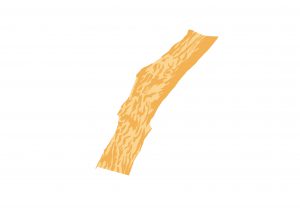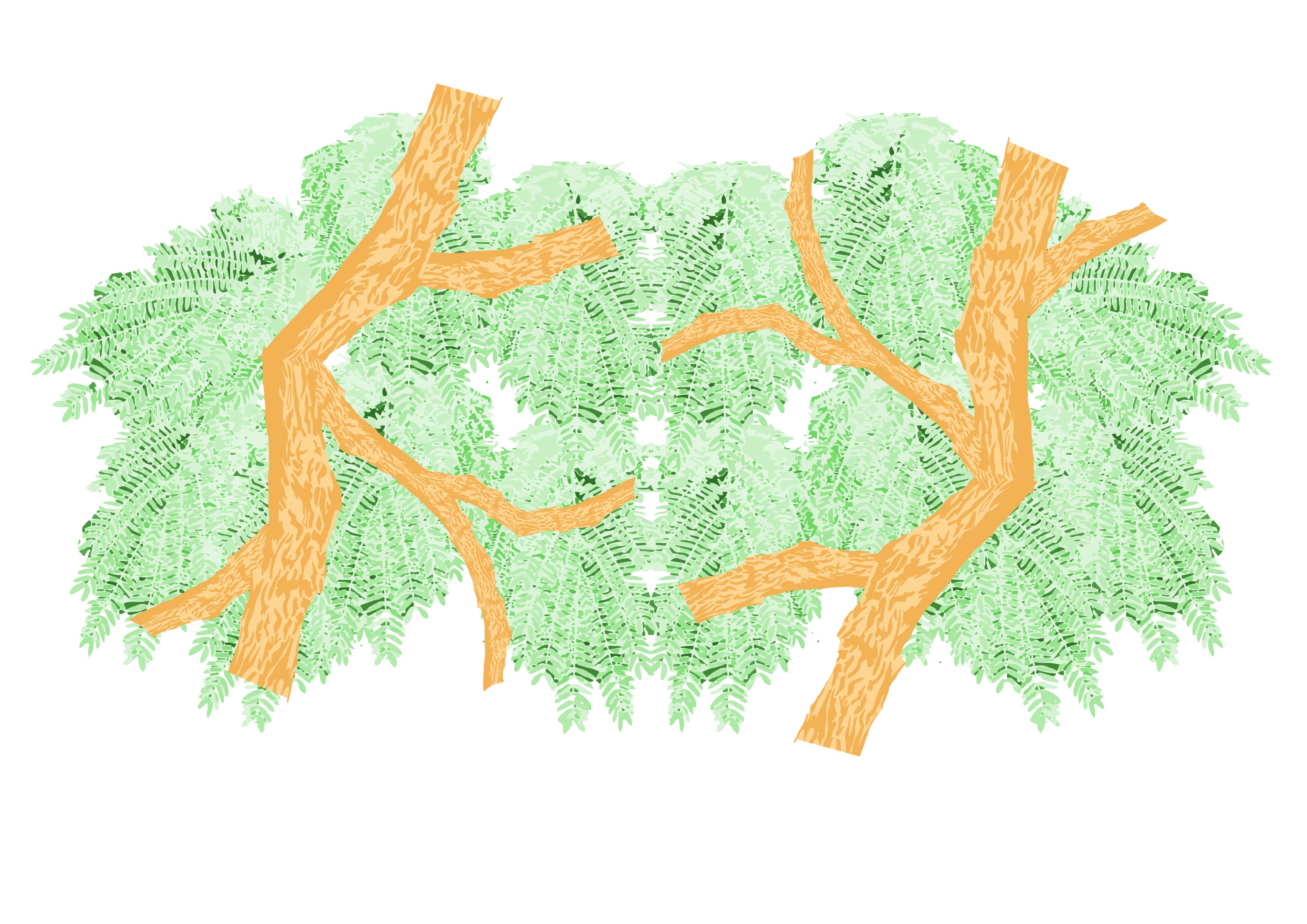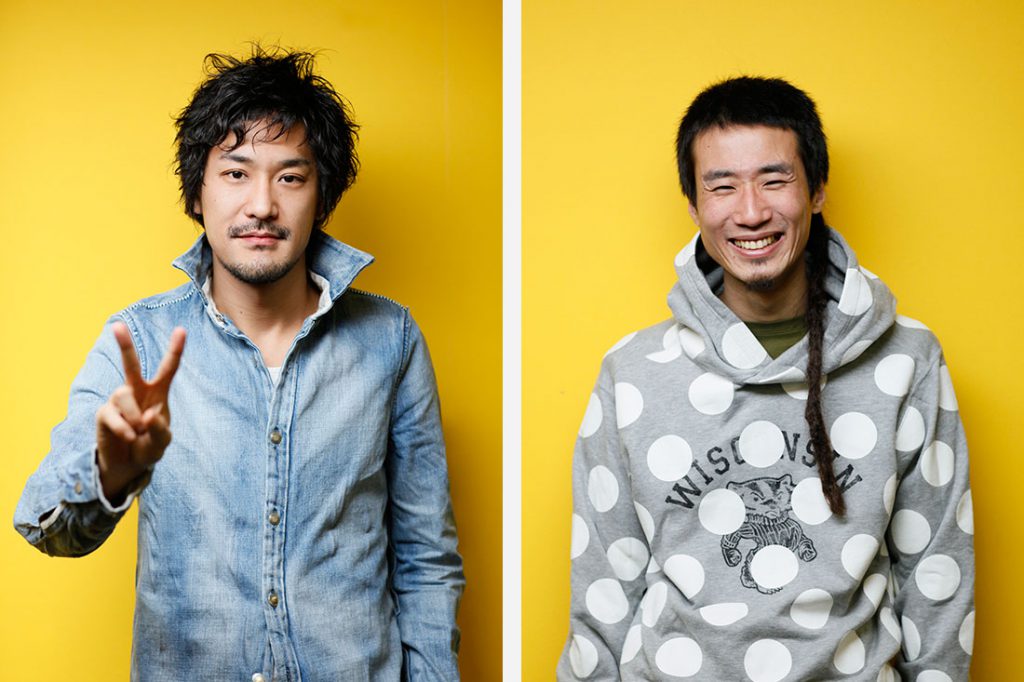
The Japanese collective and interdisciplinary company, teamLab, calls themselves ‘ultra-technologists,’ a statement that suggests their rejection of labels to their roles in the company, but instead an integrated community of creatives working together with a common goal. Started out as a small company in 2001 doing programming for clients, teamLab made it to the international scene after Singapore Biennale 2013 where they were given a special showcase in Singapore Art Museum with their project ‘If the World Changed‘.
Artwork showcased in the Singapore Biennale 2013
teamLab aims to achieve a balance between art, science, technology and creativity by creating interactive artwork using mostly spaces, digital media, and technology like augmented reality to engage their audiences. The idea is to allow for audience participation so as to remove the notion of artworks being static. teamLab strongly believes that an artwork should be interactive, as they believe that the experience of the artwork becomes much richer when there is participation, and that creates a collective experience that is much better than the singular experience static artworks can provide for viewers. By simply creating interaction, teamLab allows their participants to be connected to the artwork.
The teamLab work that I would be studying more in depth would be ‘The Infinite Crystal Universe‘, which is a large-spaced installation filled with rows of digitally controlled LED lights that streams down from the ceiling, essentially using pointillism to create a 3D space filled with ‘stars’ in a universe. The LED shimmers and reacts to audiences by proximity and by the interaction with the app that controls the installation. Ambient music also plays to add to the atmosphere. Within the artwork, one may feel like an adventurer stumbling upon a mysterious yet beautiful space.
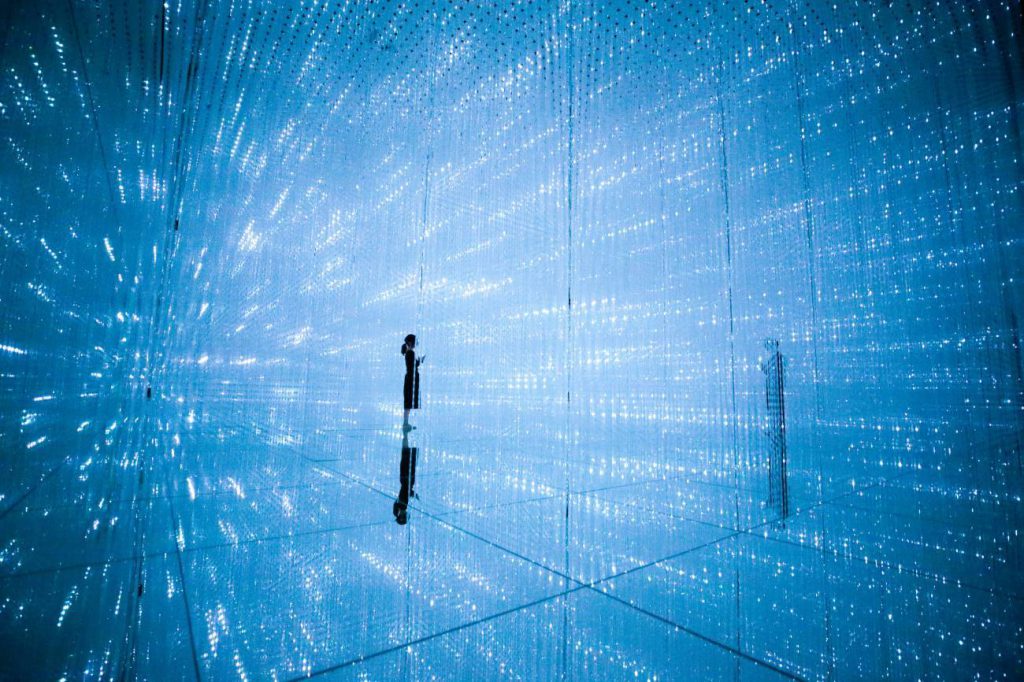
Image taken from https://www.teamlab.art/ew/infinite_crystaluniverse/
At first glance, one can tell how visually stunning the artwork is, perfect for audiences interacting with it through social media posting. The highlight comes when an audience uses a smartphone to control the artwork using an app.
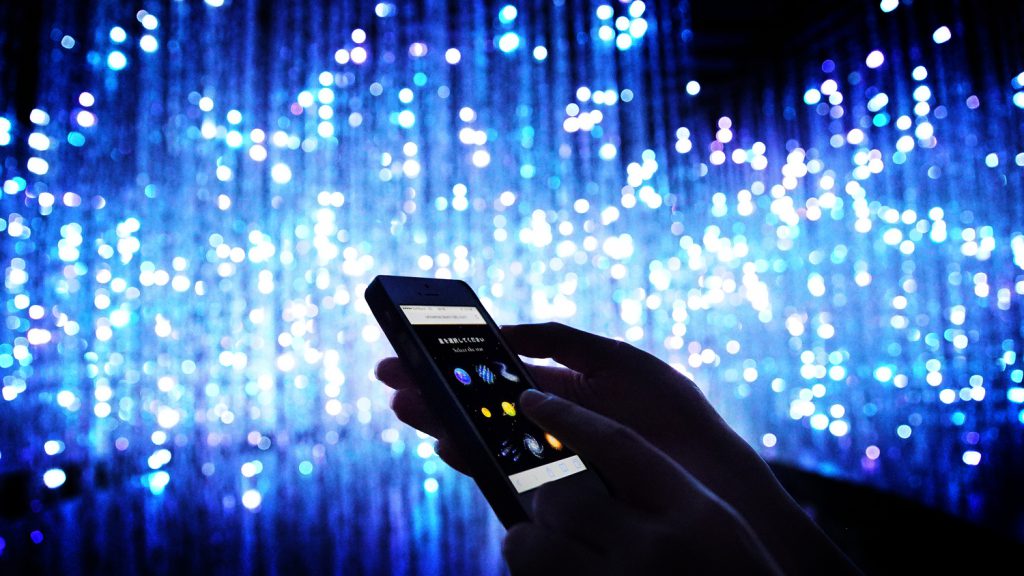
Through this action, the audience can choose an object to be sent out, which changes the music and allow the object to explode within the artwork into a spectacular LED light show that mimics galactic activities like supernovas. Within this interaction itself, the sender and the other audiences witnesses the spectacle made by the small action of a swipe. As the other audiences realise what they can do, they can start making their own objects and watching their creation blast into the universe and explode beautifully.
At its essence, the artwork encourages interaction through an awesome experience that connects everyone together in the same space, watching the same thing, feeling the same emotions. The artwork evoke a sense of how small we humans are in terms of the scale of the universe, yet one action made by us can impact everyone’s life so greatly. Without audiences, this artwork would not achieve the effect that it was made to express. As such, the artwork is very much in line with teamLab’s ideas of an interactive installation.

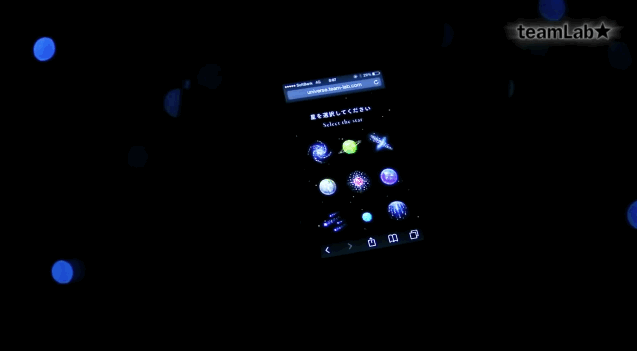

In reference to Roy Ascott’s reading ‘Behavioural Art and the Cybernetic Vision’, ‘The Infinite Crystal Universe‘ exhibits some behavioural art characteristics. Firstly, the artwork allows for control and communication between the digital LEDs and the audience, and amongst audiences. The shift in the states of the LED cues the audiences to contemplate on the meaning behind the art, while also allows the audience to imagine the things they can do, while audiences can signal amongst themselves to teach each other on the artwork’s interactions. This feedback loop within said interactions and relationships, allows for the artwork to be in a constant state of change, keeping the artwork alive. Without the audience participation, the feedback loop would break, and the artwork would not function the way it should be. The artwork is also ambiguous, unstable, uncertain, and open-ended, which allows for a flexible interpretation as well as a flexible interaction. In this sense, the lines between art, artefact, and experience is blurred where audience and their experiences becomes part of the artwork.

We can also see that teamLab also have very close visions with John Cage, which can be seen in his works ‘Variations V‘ where he made use of indeterminacy, chance, and unpredictability in his works to reimagine musical compositions, which is deemed too deterministic. By using chance to control musical composition, John Cage allowed the audience (the dancers) to not just be part of the artwork but also be essential for the artwork to exist. We can imagine the audiences in ‘The Infinite Crystal Universe‘ as the dancers in ‘Variations V‘, where the audience is given a set of choices, but their actions are completely unpredictable, while at the same time they become part of the artwork to make it alive. The artwork operates by chance, and through this controlled chance, audiences are encouraged to experiment with different combinations of objects to send out, and in whole, creates interaction. Although 50 years apart, we can draw similarities in the concepts of interactivity between both artworks.
teamLab’s ‘The Infinite Crystal Universe‘ exhibits both their own collective philosophy as well as important principles that characterises interactive art. Even though they are geographically and chronologically distant from previously studied interactive works, the principles still hold true. However, there is also an evolution not just in terms of the technology used, but also in the way that people interact with the work. In our current society, social media is very prevalent and as such, artworks are made purposefully simple and photogenic for the purpose of being ‘Instagramable’. Artworks have thus incorporated this property and that added to another layer of interactivity. We have seen how teamLab have also included the idea of connectivity between audience and the art such that it could be easily understandable, which is absent from older forms of interactive art like John Cage’s ‘Variations V’. As such, interactive artworks are still changing, and with the globalised society, the future of interactive art could become more and more advanced.
References:
teamlab planets tokyo: a ‘body immersive’ exhibition of all-encompassing digital art
http://exhibition.team-lab.net/siliconvalley/art/art01.html
https://planets.teamlab.art/tokyo/jp/ew/infinite_crystaluniverse/
https://www.vice.com/en_uk/article/bmyebv/inside-teamlab-stunning-crystal-universe-installation
https://www.ledinside.com/lighting/2016/7/teamlab_lighting_installation_invites_visitors_to_wander_through_the_crystal_universe
http://www.jetset-away.com/right-here-right-now/crystaluniverse
https://edition.cnn.com/style/article/teamlab-art-installation-tokyo/index.html
https://www.designboom.com/tag/teamlab/
https://www.wired.co.uk/article/teamlab-tokyo-head-office-design-art-experiment-invention
https://theartling.com/en/artzine/2016/5/18/interview-teamlab/
https://www.teamlab.art/jp
Interactive Installation Transports Viewers to Dazzling Universe of Infinite Lights
